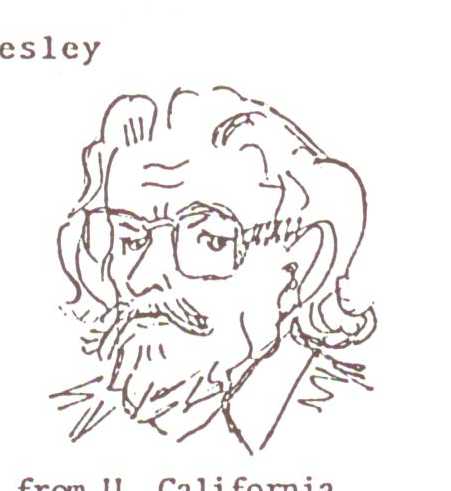Evidence for Newtonian Absolute Space and Time
Year: 1997
Keywords: Newtonian, absolute space and time, velocity, Voigt-Doppler effect, neomechanics, relativity theories
The permanency of the celestial sphere is a result of a cosmological limit velocity for all bodies relative to absolute space. Neomechanics, prescribing momentus as [], where v is the absolute velocity, accounts for the cosmological limit velocity as c. Local laws of physics must then involve absolute velocities. The Monstein-Wesley experiment confirms neomechanics. Absolute accelerations imply absolute space. Newtonian mechanics requires absolute space. Relativity theories can only be approximately valid for slowly varying effects. The oneway energy velocity of light, having the velocity c with respect to absolute space, has the observed velocity c = c - v, where v is the absolute velocity of the observer, as confirmed by many experiments. The Voigt-Doppler effect yields the null Michelson-Morley result. Absolute time is established by induction from corrected synchronized clock rates.


